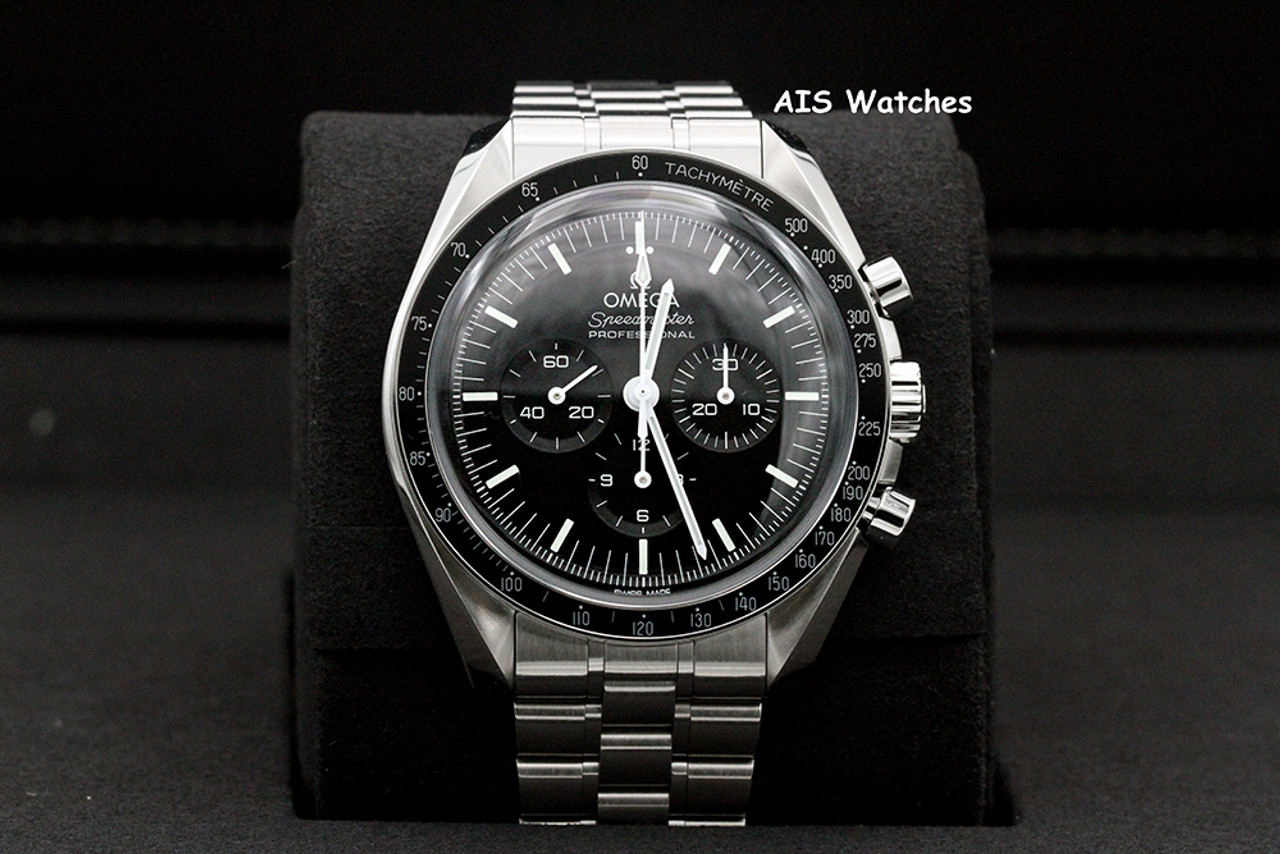Brief History of Omega Speedmaster
Posted by AIS Watches on Dec 27th 2022
Introduction
In my opinion, the Omega Speedmaster is one of the most iconic watches in history. It’s been around since 1957 and has been worn by such luminaries as Buzz Aldrin, who famously wore a Speedmaster during his historic moon landing expedition in 1969. But while we all think that this particular timepiece was invented by Omega, there’s actually another company that brought wristwatches to market long before they were popularized by soldiers on the battlefield—and their story is fascinating.
The watch world has a few widespread myths, but one of the most pervasive is that Rolex invented the wristwatch. While Rolex has certainly been an innovator in the field—and if you exclude pocket watches, it was among the first to make a waterproof timepiece for public consumption—wristwatches go back much further than many realize.
In fact, the ancient Egyptians wore simple timepieces on their arms at least 2,500 years ago. But these early timepieces were not connected to the modern concept of a wristwatch; rather, they were worn on chains around their necks or suspended from belts by decorative cords. Omega unveiled its first wristwatch at Baselworld in 1912 and was followed by many other brands over time (including Rolex). Though both companies have contributed to this history in significant ways and remain leaders today, neither one should be credited with truly inventing the wristwatch concept.
In 1868, Patek Philippe produced its own “wristlet” watch for a Hungarian countess, and by 1904, women’s jewelry-style timepieces were being shown in ads from Cartier. While there are numerous examples of exquisitely crafted wristlets from major manufacturers dating to the 1860s, it wasn’t until soldiers in World War I found their usefulness on the battlefield that they became popular with men.
In fact, it was Omega’s own soldiers who first put the Speedmaster through its paces when they began wearing them during test flights above 45000 feet (14km). The watches remained within tolerance at high altitudes and in cold temperatures—a feat few other watches could accomplish at that time. And as any collector knows well: if it can survive in space then it can certainly survive anything else you throw at it!
Swiss manufacturer Omega had originally made pocket watches before transitioning to wristwatches during World War I, when demand shot up so dramatically that movement production jumped from 80,000 per year to famously being measured in millions by 1921.
During this time period, the brand also began producing chronographs for motorsport and aviation—and it's no coincidence that these two areas of interest share a certain commonality: speed.
The first wristwatch-based Speedmaster was released in 1957 as a "Professional," featuring an automatic movement with a central seconds hand (the bezel design came later). This would prove to be a worthy starting point for one of the most popular chronographs ever made—but it certainly wouldn't be the end of its evolution.
It wasn’t until 1957 that Omega released the Speedmaster (alongside two other models), which was designed as a “racing chronograph." At the time, car racing fans could use such a watch to measure elapsed lap times or record average speeds while driving.
You've probably heard of this classic watch. It was worn by astronauts on the Apollo 11 mission, which landed the first humans on the moon. The Speedmaster is a classic, and it's also very affordable—it's not even that much more than an Apple Watch Sport or similar smartwatch!
It wasn't until 1957 that Omega released the Speedmaster (alongside two other models), which was designed as a “racing chronograph." At the time, car racing fans could use such a watch to measure elapsed lap times or record average speeds while driving. The original version of this model had no tachymeter scale; that feature was added in 1960 after being popularized by Heuer and Breitling watches during their Formula 1 races earlier that year.
The Speedmaster Professional is still made today with many variations still being sold today - some even limited edition pieces like those seen here from their Space Project collection
Conclusion
The Speedmaster is a watch that has been worn by astronauts, racecar drivers, and even the pope. It’s a testament to the timelessness of good design and quality craftsmanship—and it shows us how far back our fascination with time goes.

 Menu
Menu




